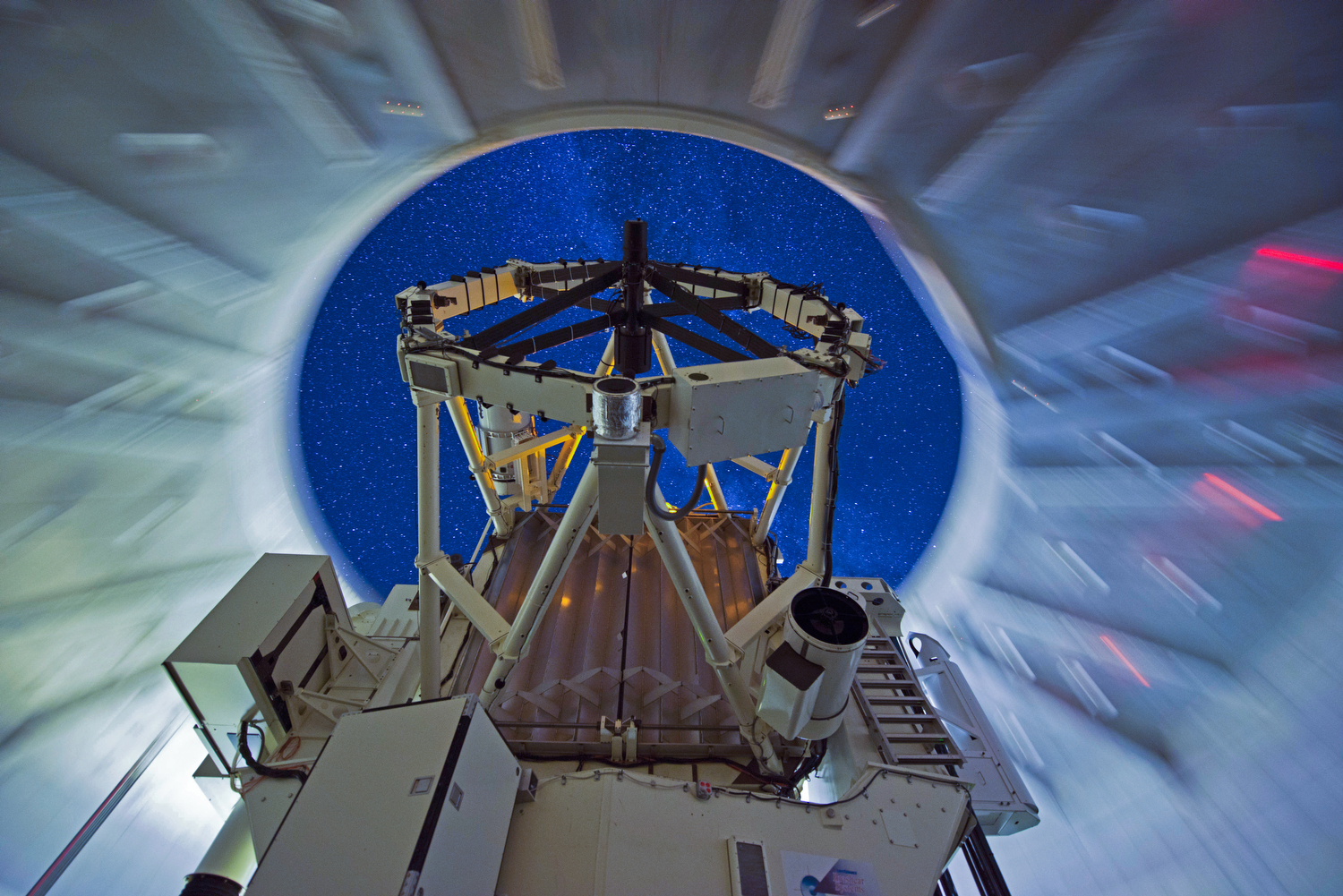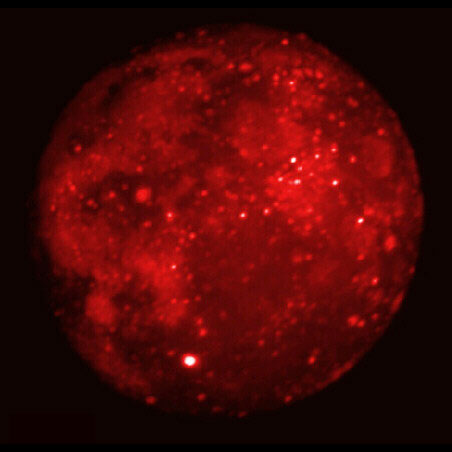Lunar Eclipses
thermal infrared observations
What does the Moon’s uppermost surface reveal about its space environment? To find out, we used the Air Force’s Advanced Electro Optical System (AEOS) telescope at Haleakala observatory on the summit of Maui, Hawai’i, to observe the Moon during a total lunar eclipse.



By measuring the Moon’s cooling during a -hr total eclipse, we can isolate the thermophysical properties of the uppermost mm. Thermal conductivity, porosity, and grain size all affect the cooling rates of planetary regoliths. Therefore, with the aid of models, we can measure eclipse cooling to isolate the upper layer and quantify these physical properties. Many of the Moon’s most familiar features disappear in thermal images during an eclipse, replaced by the glow of denser materials, such as small rocks in crater ejecta. Comparing the AEOS images to thermal maps from the Lunar Reconnaissance Orbiter’s Diviner instrument allows us to make inferences about the past and present rates of space weathering, impact gardening, and regolith development – important processes on many planetary bodies.
Further information:
- Hayne, P. O., Lucey, P. G., Swindle, T. R., Bandfield, J. L., Siegler, M. A., Greenhagen, B. T., & Paige, D. A. (2015, March). Thermal infrared observations of the moon during lunar eclipse using the air force Maui space surveillance system. In Lunar and Planetary Science Conference (Vol. 46, p. 1997). Link